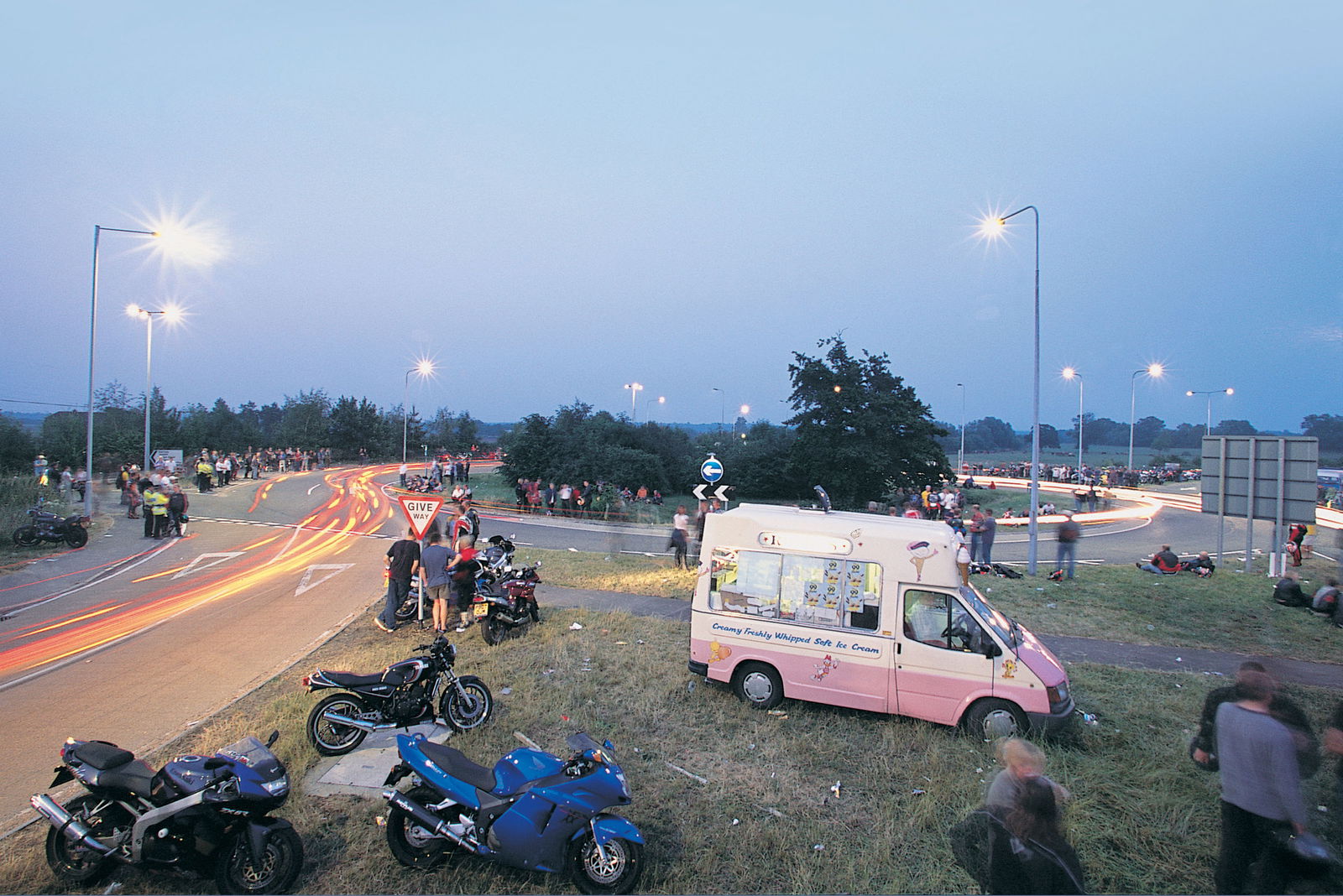In Search of the Gotland Ring
Sweden. Home to Volvos and Saabs, Viggens and Vikings, preposterously expensive beer and – quite frankly – the most beautiful women on earth. ll in all, possibly the last place on earth that you’d expect anyone to build a brand new racetrack in Europe


We did a feature called ‘the Secret Circuits of Europe’. There at the top of the list was a place called the Gotland Ring. It looked fascinating. Built on the island of Gotland 50 miles east of the Swedish mainland in the frigid Baltic sea, the circuit is built on a limestone quarry, giving it a surrounding environment like the surface of the moon. The track and surrounding area draws its power from a windfarm, so a half-dozen towering windmills swoop majestically over the racing line. I’d never been to Northern Europe before, so loaded up my BMW R1200GS Adventure with leathers, sandwiches, a toothbrush, Visa card and passport, and arrived at the Channel Tunnel at 6am. Time to hit the road.
12 hours later we’re still grinding our way north. In fact we’ve got another 400 miles to go. To say I underestimated how far the east coast of Sweden is from Calais somewhat is today’s helping of silly talk. It’s absolutely bloody miles away. Fortunately, the BMW was built for trips just like this and we grind out 200 miles at a time, stopping for fuel and water only. It’s blisteringly hot across northern Germany, 33 degrees on the Adventure’s thermometer, and I ride in cargo pants and leather jacket unzipped to keep cool and to avoid sweating (and therefore dehydrating) too much in the baking summer sun.
Past Antwerp and into Essen, figure your way around the mess of motorways north to Munster and Osnabruck, keep pushing north past Bremen and through Hamburg. The once-mighty Autobahns are, for the most part, only dual-carriageway affairs and more often than not there’s heavy traffic, so blasting your way across Germany at nuclear speeds isn’t the option it once was. 100 octane petrol costs just over £1 per litre, and since we’re burning big miles I keep the BMW fed on the good stuff. At times the traffic clears and gangs of black Mercedes and Porsches hustle by, slipstreaming nose to tail, at 140mph. Lane discipline is absolute (it would be) so me and the GS lurk in the slow lane, cruising at 90mph.
North of Hamburg we catch the ferry at Puttgarden to Denmark. Ferries – you soon get used to them on this trip. After miles of endless traffic and unchanging roadside scenery, the Danes have empty fields and roads to offer the eye. Very flat, very straight, but the pace of life changes the moment you ride off the ferry and into the fourth country out of five that you have to cross to get to Gotland. Amazingly, within 100km I come within a gnat’s cock of running the Adventure out of gas.
This is quite a feat for a motorcycle that will return a genuine 340 miles fully laden, but the Danes have cunningly hidden their only petrol station out of sight off the ferry and I rode straight past it. A GS will do 20 miles after its range meter drops to zero, and that’s what I’m looking at right now. A quick call back to a highly organised chum in the UK, who’s sat in front of Google maps, reveals a garage nine miles away. The petrol station is there as predicted.

